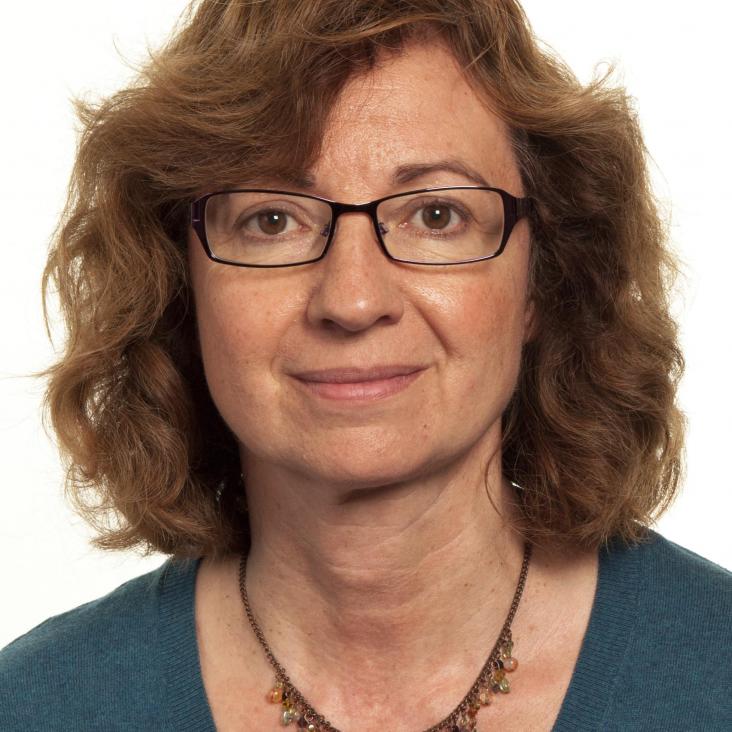Influence of the prescribed solar spectrum on calculations of atmospheric temperature
Geophysical Research Letters 35:22 (2008)
Abstract:
Significant differences in heating rates are found when two solar irradiance spectra are used in a line-by-line radiative transfer code. Compared with a spectrum of recent satellite data an older theoretical spectrum gives 20-40% more heating in the ozone Hartley band, important in the upper stratosphere. The spectra are implemented in a broadband radiation code to which some improvements are also made to the ozone absorption parameterization. A widely-used spectrum of ground-based data from 1960s gives somewhat lower heating rates. The effects of the changes in the spectrum, and the broad-band scheme, on the temperatures simulated by a middle atmosphere GCM are investigated. The model has previously shown a warm bias, compared with climatology, around the stratopause but this is significantly reduced when the former spectrum is substituted for the latter, and the new ozone parameterization incorporated. The change in spectrum accounts for two-thirds of the improvement. Copyright 2008 by the American Geophysical Union.Coupled chemistry climate model simulations of the solar cycle in ozone and temperature
Journal of Geophysical Research Atmospheres 113:11 (2008)
Abstract:
The 11-year solar cycles in ozone and temperature are examined using new simulations of coupled chemistry climate models. The results show a secondary maximum in stratospheric tropical ozone, in agreement with satellite observations and in contrast with most previously published simulations. The mean model response varies by up to about 2.5% in ozone and 0.8 K in temperature during a typical solar cycle, at the lower end of the observed ranges of peak responses. Neither the upper atmospheric effects of energetic particles nor the presence of the quasi biennial oscillation is necessary to simulate the lower stratospheric response in the observed low latitude ozone concentration. Comparisons are also made between model simulations and observed total column ozone. As in previous studies, the model simulations agree well with observations. For those models which cover the full temporal range 1960-2005, the ozone solar signal below 50 hPa changes substantially from the first two solar cycles to the last two solar cycles. Further investigation suggests that this difference is due to an aliasing between the sea surface temperatures and the solar cycle during the first part of the period. The relationship between these results and the overall structure in the tropical solar ozone response is discussed. Further understanding of solar processes requires improvement in the observations of the vertically varying and column integrated ozone. Copyright 2008 by the American Geophysical Union.Decadal-scale changes in the effect of the QBO on the northern stratospheric polar vortex
Journal of Geophysical Research Atmospheres 113:10 (2008)
Abstract:
This study documents decadal-scale changes in the Holton and Tan (HT) relationship, i.e., the influence of the lower stratospheric equatorial quasi-biennial oscillation (QBO) on the northern hemisphere (NH) extratropical. circulation. Using a combination of ECMWF ERA-40 Reanalysis and Operational data from 1958-2006, we find that the Arctic stratosphere is indeed warmer under easterly QBO and colder under westerly QBO. During November to January, composite easterly minus westerly QBO signals in zonal wind extend from the lower stratosphere to the upper stratosphere and are centered at ∼5 hPa, 55-65°N with a magnitude of ∼10 m s-1. In temperature, the maximum signal is near ∼20-30 hPa at the pole with a magnitude of ∼4 K. During winter, the dominant feature is a poleward and downward transfer of wind and temperature anomalies from the midlatitude upper stratosphere to the high latitude lower stratosphere. For the first time, a statistically significant decadal scale change of the HT relationship during 1977-1997 is diagnosed. The main feature of the change is that the extratropical QBO signals reverse sign in late winter, resulting in fewer and delayed major stratospheric sudden warmings (SSWs), which occurred more often under westerly QBO. Consistent with earlier studies, it is found that the HT relationship is significantly stronger under solar minima overall, but the solar cycle does not appear to be the primary cause for the detected decadal-scale change. Possible mechanisms related to changes in planetary wave forcing are discussed. Copyright 2008 by the American Geophysical Union.A Stratospheric Consensus Ozone Database for Long-Term Climate Simulations
AGU Fall Meeting Abstracts (2008)
HIRDLS Analysis of Gravity Waves in the 2006 Arctic Stratosphere
(2008)


